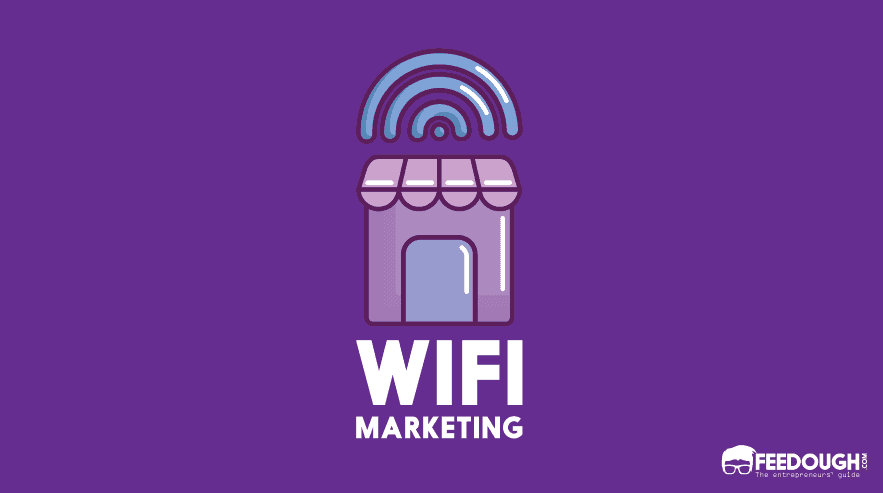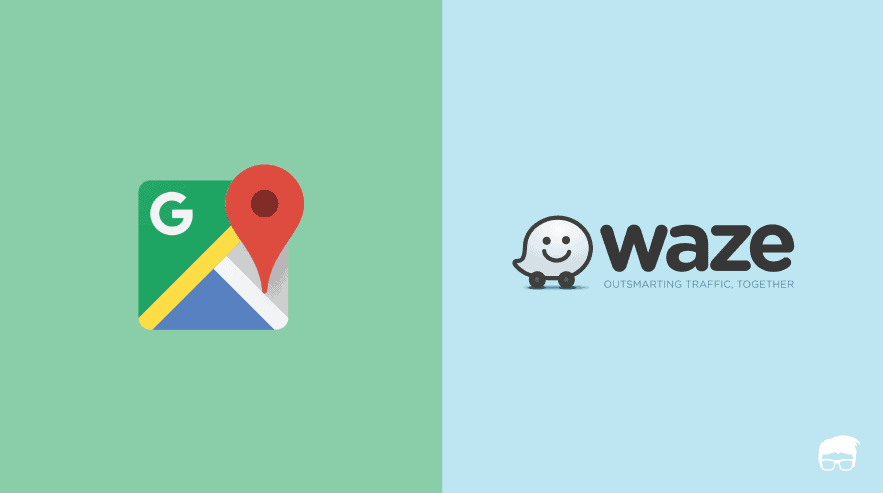One may likely have heard that location is everything. When it comes to choosing a company site, though, there are numerous factors to consider. This choice is influenced by elements such as foot traffic, walkability, neighbourhood demographics, and community data.
Foot traffic is an essential metric for determining the location of a firm, store, or service area based on the number of people who walk or drive by daily. This means that one must consider how accessible their place is and how it promotes itself via visibility and high foot traffic.
Before deciding to open a store, a company’s research group studies the foot traffic in the area at various times of the day and week. It is a crucial metric for traders since people walking around a certain location usually affects sales levels. In other words, the greater the number of pedestrians, the more probable it is that a firm will sell.
But what is foot traffic exactly, why is it important, and how to measure foot traffic? Here’s a guide.
What Is Foot Traffic?
Foot traffic refers to the number of people who walk into or around a given area at a specific time.
It is a metric used by business owners and retail store owners to evaluate or measure the effectiveness and value of a commercial facility.
Before opening a shop or establishing a store, research groups measure foot traffic for the area, which is necessary to determine whether the location is profitable.
They also measure foot traffic during peak hours to determine what time of day or week foot traffic is the highest. This helps determine if shoppers will be able to purchase specific items and how much footfall impacts sales.
The Importance Of Foot Traffic
It is important to measure foot traffic because it can be a predictor of the success of a business.
As foot traffic increases, so does the demand for products and services. When footfall is low, profits suffer as shoppers eventually seek retail spaces with a greater population of potential buyers. This metric also makes it easier to find areas that will best suit the needs of a business.
Besides this, measuring foot traffic is important as it helps:
Measure And Enhance Marketing Efforts
Tracking foot traffic and footfall is necessary to enhance the effectiveness of a marketing strategy.
The foot traffic can inform a company about its target audience – primarily, how many people buy their products or services as opposed to those who just browse. This information can be used by marketers to better focus their advertising and promotions on only those interested in their products.
Moreover, it can also help measure marketing campaign components and answer questions like whether social media ads and Google ads drive more store visits or whether the displays resonate with customers.
This metric also helps determine in which areas a business can best spend in advertising to increase traffic.
Understand The Local Economy And Demographics
Foot traffic provides insight into the local economy and demographics. By tracking footfall, it is possible to see how many people walk by a store during a week or month, then compare it with the same period in the previous year.
If foot traffic has increased or decreased, it can provide information on how well or poorly the economy is doing at that moment. For example, footfall may have fallen during a recession since people are less likely to buy items they do not need, so merchants see reduced demand for their products. But foot traffic increases towards the end of recovery since consumers become more willing to spend.
Likewise, foot traffic can determine the demographic makeup in a certain area. By determining how many people walk by an establishment, it is possible to understand the age and gender demographics in that place based on footfall patterns.
Improve Understanding Of Customer Behaviour
Measuring foot traffic also helps in gaining insights into customer behaviour. Such analysis help businesses understand shoppers interest, demands, and habits.
For example, foot-traffic can indicate how many people are willing to spend on specific products or services. It helps in planning marketing and pricing strategies. Moreover, merchants also learn about the products they should stock more of and which products they can reduce by putting them on sale or giving discounts.
Further, foot traffic allows in finding out how shoppers move in and around a store. For example, footfall shows which areas in the retail space are most popular with customers and where foot traffic is slowest. This helps proprietors decide where to place items or displays so that they get maximum exposure to customers.
Foot traffic analysis also helps determine foot-draggers, i.e., those who spend little time at a store while browsing but do not buy anything. These customers can be considered less valuable than footfall since they contribute to foot traffic but not sales.
Gain Insights Into External Factors
By observing footfall traffic in a retail location, merchants also gain insight into external factors that impact their business.
For example, foot traffic may have increased because of the construction of new developments in an area. Likewise, foot traffic can be reduced when roadblocks or accidents occur in the immediate vicinity since commuters use footpaths to reach their destinations.
Get Information About Perceived Value
Foot traffic helps in understanding the value that customers think the products or services offer. For example, footfall can help businesses see if window displays and promotions lure people to enter stores even if they do not purchase anything
If foot traffic has increased due to promotional campaigns, but revenue has also gone up, then foot traffic must have driven potential customers to visit the store. But footfall may not always translate into revenue if foot-draggers enter a business without buying anything or if foot traffic is low but revenue has increased because of higher ticket prices.
Factors Affecting Foot Traffic
Several factors influence retail footfall. Some are under the control of the business, while others are not. A foot traffic analysis helps businesses address the factors that can impact footfall, including both internal and external ones.
Here are some of them:
Weather
The weather may impact anything from the consumers’ moods to the items they wish to buy. As a result, one should be aware of how varied weather conditions impact their location. For instance, if businesses know that cold weather keeps their consumers at home, they might develop a cold-weather marketing campaign to entice them to get out.
Location
The store’s city, neighbourhood, and block can impact both the amount of foot traffic and the type of visitors it attracts. A retail store in a tourist area will attract a different type of customer than a shop in the business sector. It’s critical to investigate a location’s pedestrian profile and traffic potential, as this information will help decide where to set up shop and what types of initiatives to implement in terms of product and marketing strategy.
Economy
The economy’s status has a direct influence on people’s willingness and capacity to purchase. Footfall is likely to increase when the economy is doing well and consumer confidence is high. During a financial downturn, however, the opposite can occur.
Type Of Business
The nature of the business also determines the number and type of visitors the business receives. A kids clothes store should not expect to attract the same number of customers as a major supermarket. Knowing the typical visitor count for the industry or the vertical can assist in evaluating the performance of the businesses.
Seasonality
Seasonality also has a direct impact on foot traffic. Businesses witness increased retail visits during school breaks and holidays like Halloween, Memorial Day, and Christmas.
How Is Foot Traffic Measured?
There are several foot-traffic analysis methods. Some businesses may use nothing but footfall counters and manual counting to collect the data. Others opt for more complex techniques like mobile tracking devices, heat sensors, and video surveillance.
Some types of foot traffic methods are:
- Manual Counting: The simplest and least costly foot-traffic counters, manual footfall counters, require someone to manually count and record visitors’ footfalls during a given time. The information collected is limited, and the method is extremely labour-intensive.
- Clicker Counting: Clicker counters are foot traffic devices that use manual handheld clickers to count footfall. Each clicker is assigned a single shopper, and it counts the number of clicks that come from within the store’s location. The information collected can be further analysed in terms of footfall per hour or footfall per transaction.
- Security and camera system: Security foot traffic footfall measures consist of traditional motion-activated security cameras and foot traffic counters. These methods collect footfall data from within a particular range or field of view. The system processes that footfall information, and it generates hotspot reports that allow location managers to determine how many customers visit specific areas of their store.
- Thermal Sensor: Thermal sensors count and quantify foot movement by sensing the light produced by human heat. These sensors, which can be installed on either the top or side of a doorway, function by recording the heat signature of a person’s head as they go through. Thermal sensors, unlike other systems, do not collect any information that may be used to individually identify guests, making them an excellent choice for businesses that wish to safeguard their customers’ privacy.
- Break Beams: Break beams footfall counters count foot traffic by sending two invisible infrared light beams across the entrance of retail space. The beams interrupt each other when the shopper passes through, triggering footfall counting software to process the information.
- Parking Detection: Parking foot traffic footfall counting devices use technology that detects and determines the number of occupied parking spaces at any given time to measure foot traffic.
- WiFi: By allowing customers to join the business’s WiFi network, a business may utilise WiFi technology to count and analyse foot traffic. But the fact that WiFi solutions can only count people who join the location’s network is a significant disadvantage.
- Bluetooth Beacons: Bluetooth Beacons operate by emitting radio signals that mobile devices may detect. Because it can only count visitors who have enabled Bluetooth on their mobile devices, it may not be the most accurate people counter.
- Mobile Tracking Device: Mobile footfall tracking units automatically track the location of every mobile device that enters or exits business premises through GPS monitoring, controlling foot traffic data without relying on fixed counters.
Bottom-Line?
Foot traffic is becoming increasingly important to the retail, shopping centre and mall managers. With the advent of digital tracking, these counters can track a large number of people with a minimal likelihood of error. It’s important to remember that the numbers themselves aren’t as important as their changes over time. By closely monitoring foot traffic in the business location, one can make informed decisions about its layout, location, marketing, and customer service to improve their return on investment.
A marketing and branding enthusiast with a penchant for writing. He is constantly seeking new experiences and pushing the boundaries. In his spare time, he enjoys reading and doodling.
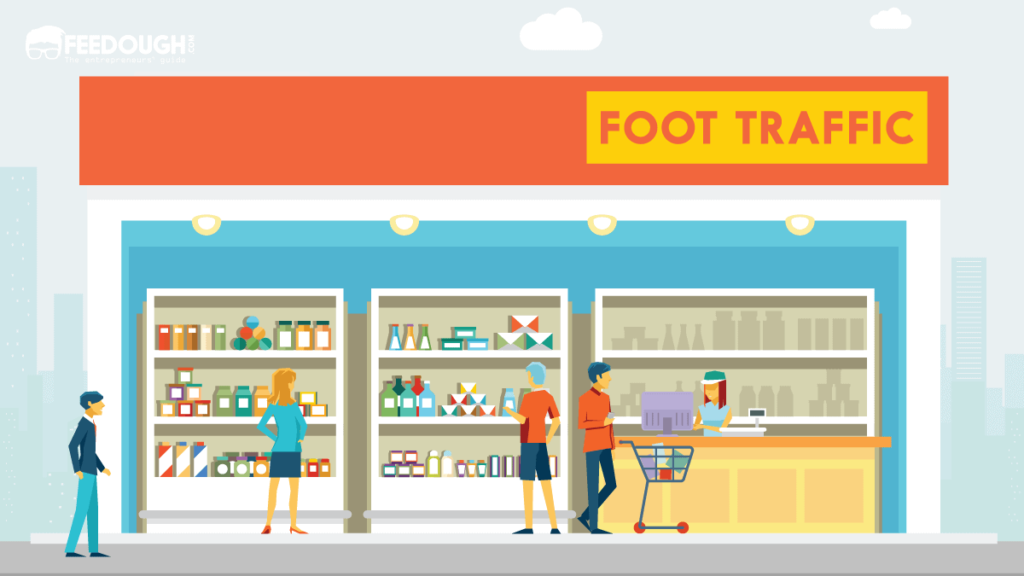
![What is Billboard Advertising? [Complete Guide] BILLBOARD ADVERTISING](https://www.feedough.com/wp-content/uploads/2021/07/BILLBOARD-ADVERTISING.webp)
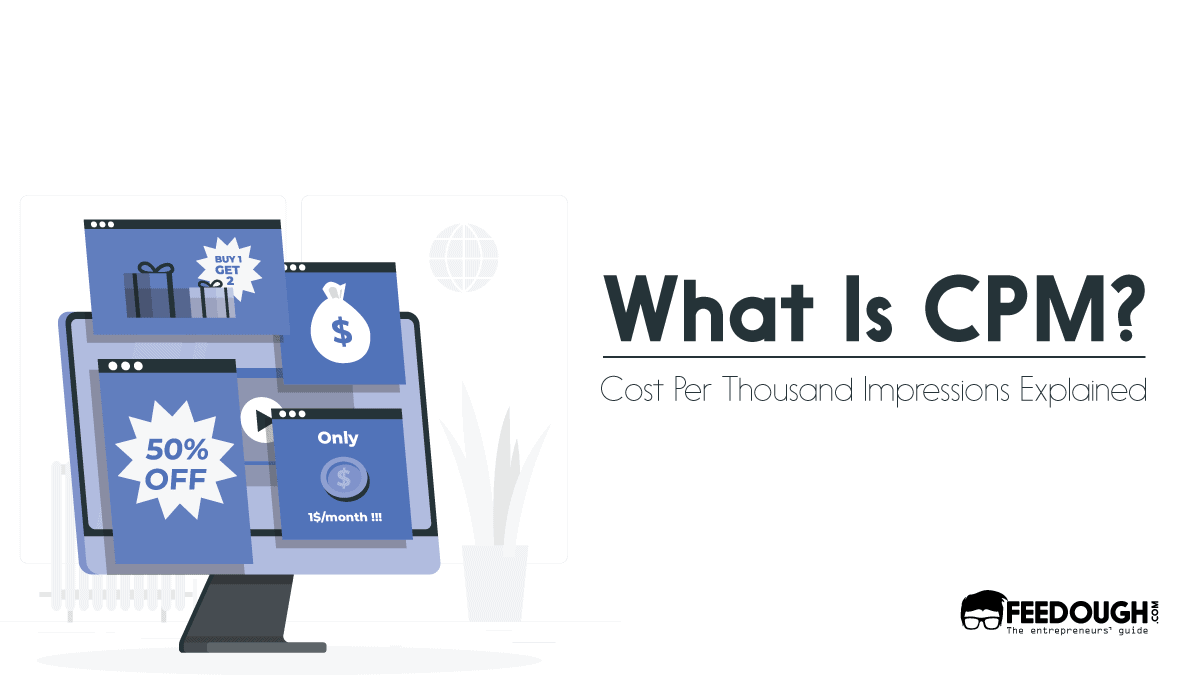
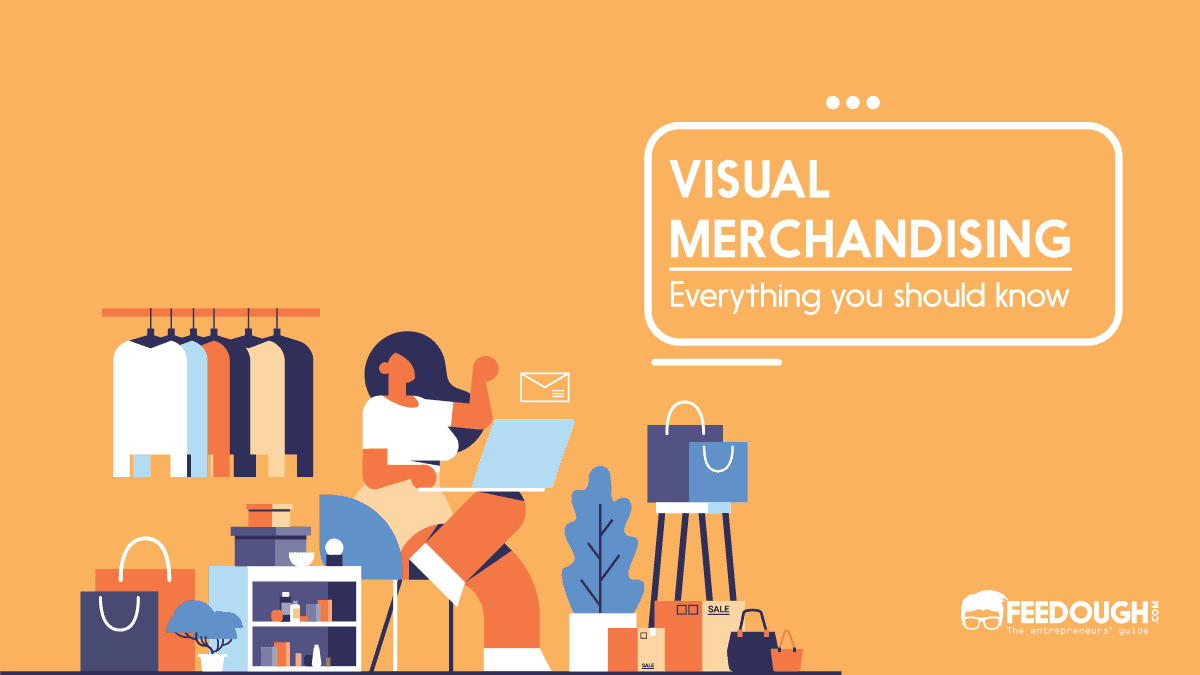
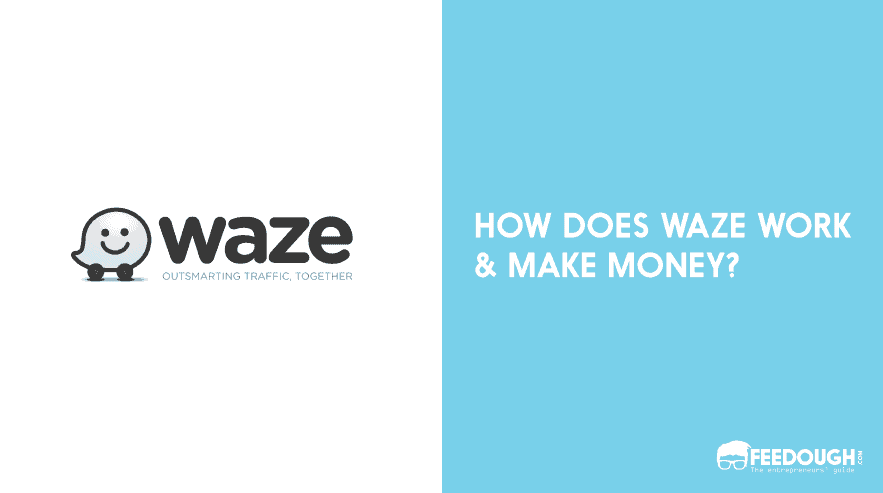
![Conversion Rate Optimization [A Beginner's Guide] CONVERSION RATE OPTIMIZATION](https://www.feedough.com/wp-content/uploads/2019/04/CONVERSION-RATE-OPTIMIZATION-1.webp)
